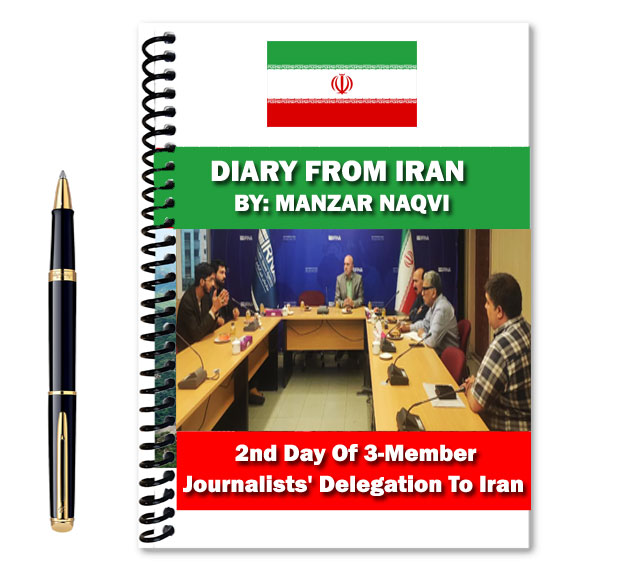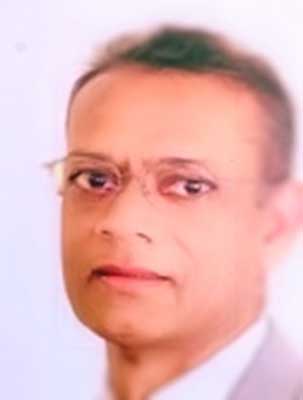The Islamic Republic News Agency (IRNA)
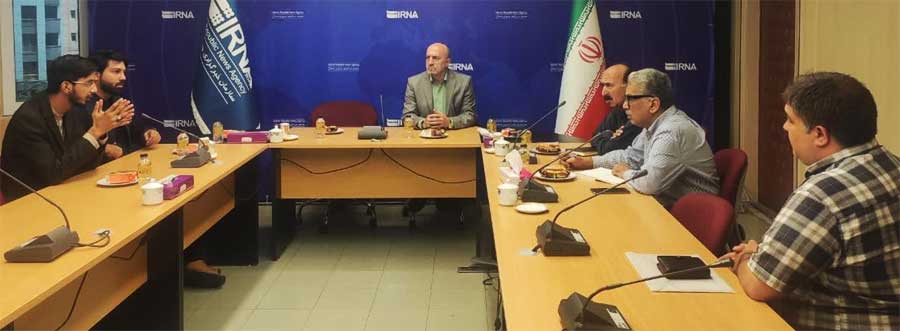
On the second day of our three-member journalists’ delegation visit to Iran, courtesy the Iranian Cultural Center, our host was changed. Today, Ali Fatimi from the Islamic Cultural & Communication Department came to escort us instead of Muhammad Reza from the Foreign Office of Iran. However, Zain Naqvi continues to accompany us as the interpreter from the Iranian Cultural Center. After having breakfast at the hotel, our first stop was the most renowned news agency in the world, the Islamic Republic of Iran News Agency (IRNA).
The Islamic Republic News Agency (IRNA) stands as the primary news source in Iran, offering comprehensive coverage of national and international events. With its extensive network of reporters and correspondents, IRNA provides timely and reliable news covering politics, economics, culture, and sports. As the official news agency of the Islamic Republic, IRNA plays a crucial role in shaping public opinion and disseminating government announcements. Its commitment to journalistic integrity and unbiased reporting has earned it recognition both within Iran and internationally. Through its diligent coverage, IRNA serves as a vital bridge, connecting Iran with the rest of the world and keeping the nation informed about global affairs.
At the IRNA offices, Reza Khushlehja, the Editor for International Broadcast, received a brief and welcomed us. He informed us that IRNA has been a single news agency for the past 90 years, established in 1934. Its services are provided in nine major languages of the world, and they started broadcasting in English and Arabic languages 40 years ago. He mentioned that IRNA has services in 48 countries, including Pakistan. Additionally, they have correspondents in ten countries. He also highlighted their presence in the 31 provinces and 24 cities of Iran. Khushlehja criticized the negative propaganda against Iran and Pakistan from the Western media.
Myself also spoke on this occasion and shared my experience of the current visit of Iran and suggested that as the Secretary General of Karachi Editors Club (KEC) an interactive session and an Exhibition about the 90 years of IRNA at Karachi.
Nazir Leghari, a legend journalist of Pakistan and the President of BOL TV network, disclosed his observation and said women in Iran are empowered and emerging power in the science and technology field.
Owais Rabbani from GTV also appreciated services being rendered by IRNA.
Khushlehja after the briefing taken us to the visit of different news and broadcast sections like politics, economy, sports, litrature, religion and regional desk etc where respective desk in-charge briefed us.
During the visit we observed that women employees in IRNA are in majority. Reza Khushlehja informed us that in IRNA women employment is around sixty percent, he also replying in question that total employment in IRNA is above eight hundred.
Museum of Islamic Archaeology and Art
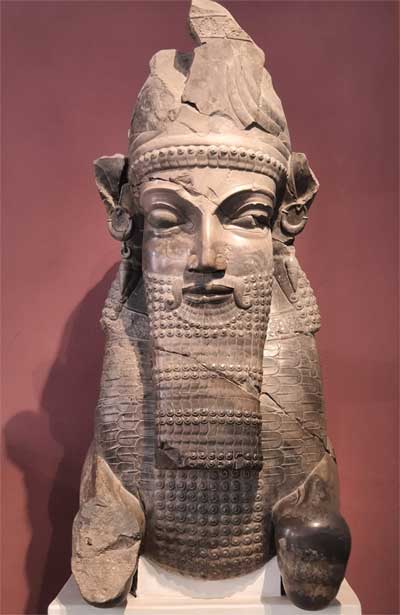
Our next destination was the Museum of Islamic Archaeology and Art of Iran, located near the National Museum of Iran. In my diary chronicling the wonders of Iran, the Museum of Islamic Archaeology and Art emerged as a haven of cultural treasures. Situated in Tehran, this magnificent institution showcases the rich artistic and architectural heritage of the Islamic era in Iran. With every step through its galleries, I encountered breathtaking calligraphy, delicate ceramics, vibrant textiles, and intricate metalwork. The museum’s exhibits transported me to a bygone era, revealing the artistic mastery and spiritual devotion of Islamic civilization. Through my diary, I aimed to capture the profound beauty and historical significance of these artifacts, preserving the enchantment of the Museum of Islamic Archaeology and Art for generations to come.
The National Museum of Iran
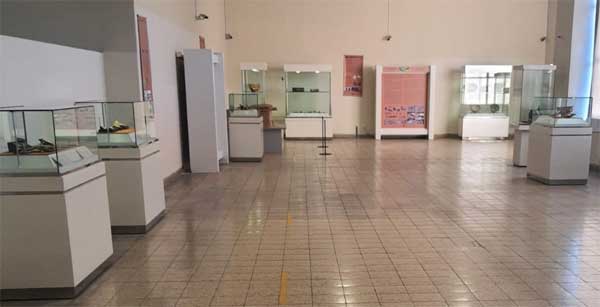
After visiting IRNA, our second stop was the National Museum of Iran. As I embarked on my journey to Chronicle Iran’s captivating past, the National Museum of Iran became a treasure trove of stories and artifacts. In the pages of my diary, I captured the awe-inspiring moments spent among the museum’s halls, where millennia-old relics whispered tales of ancient civilizations. The National Museum stands as a custodian of Iran’s cultural heritage, displaying a diverse collection ranging from ancient pottery and exquisite jewelry to majestic sculptures and intricately woven carpets. Its exhibits allowed me to delve into the depths of Iran’s rich history, connecting me to the legacy of Persia and offering a profound understanding of the nation’s roots.
The museum serves as a testament to Iran’s rich and diverse heritage, offering visitors a glimpse into the ancient civilizations that shaped the nation. With its educational exhibits and immersive displays, the National Museum of Iran is a must-visit destination for history enthusiasts and curious explorers alike. At the end of our visit to the museum, Ms. Firouzeh Nameh, the Museum Manager, bid us farewell and provided us with some informative materials about the museum.
Azadi Park
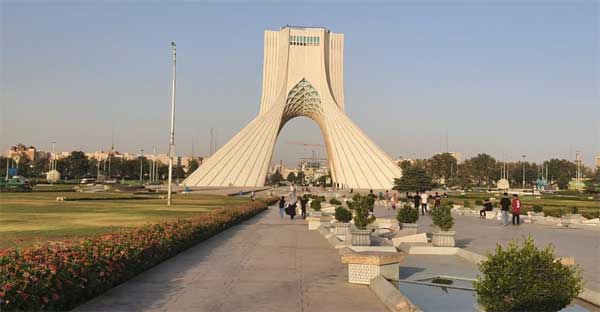
Afterward, our host took us to one of the most historical places in Iran, Azadi Park, founded in 1971. The park now houses an excellent museum of the Islamic Revolution of Iran and the previous era of media photography.
Azadi Park in Tehran is a haven of tranquility amidst the bustling cityscape. This expansive green space offers respite to weary souls with its lush gardens, peaceful ponds, and sprawling lawns. The park provides a sanctuary for locals and visitors alike, inviting them to take leisurely walks, enjoy picnics, or simply relax amidst nature’s embrace. Towering trees offer shade and serenity, while the iconic Azadi Tower adds a touch of grandeur to the landscape. Azadi Park is not only a recreational space but also a place of reflection, where one can find solace and rejuvenation amidst the vibrant energy of Tehran.


